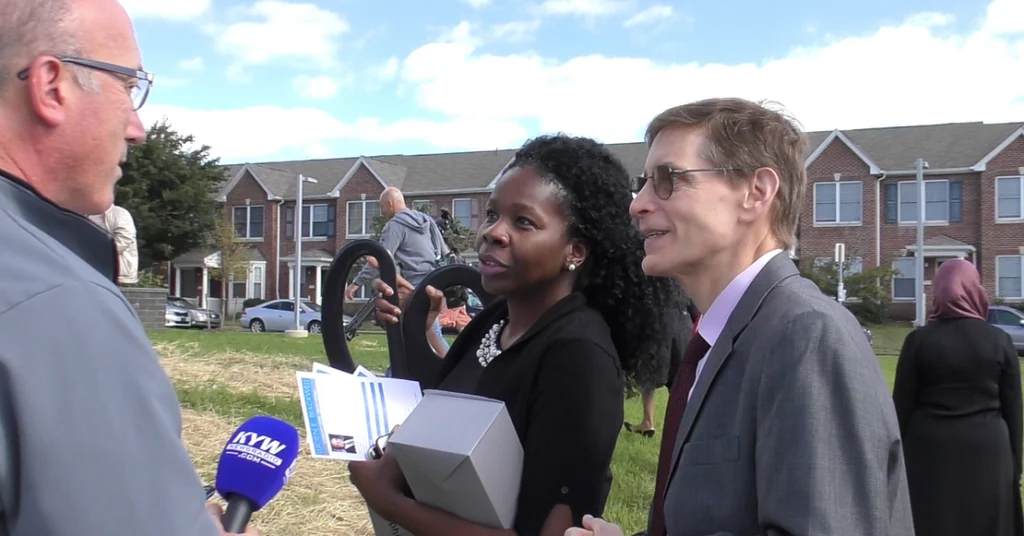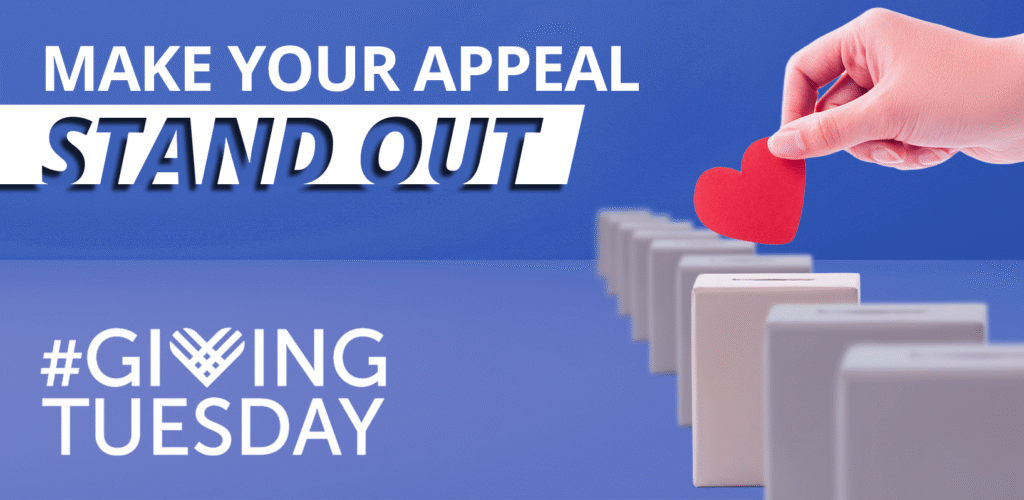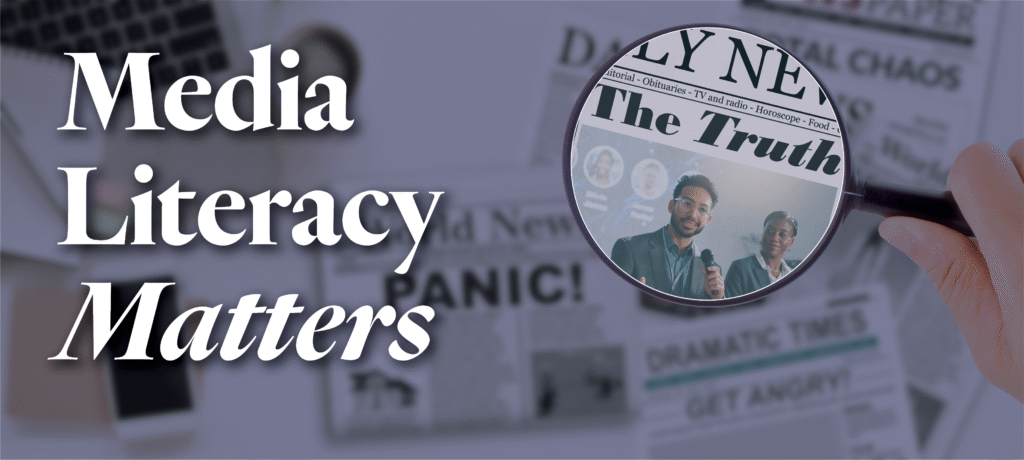
You know that portion of the job interview when you ask if the applicant has any questions – and he or she feels obligated to ask you something? Well, one question I invariably get from younger applicants is how media relations and reputation management have changed over the years and how Ceisler Media has adjusted to those changes.
I start by telling them one thing has never changed: If you have a great story and you are able to tell it in a compelling way, you can get it published. The art of writing, pitching and persistence is still the formula that works.
Conversely, if the story you have to work with is weak, your chances of convincing an outlet to run it are slim. And if a client in the midst of a scandal isn’t willing to change course, but still expects you to reverse the narrative and get him good publicity – well, that’s probably not going to work either.
Another time-tested aspect of our work is the value of relationships. Certainly it’s true that reporters have become squeezed for time; they don’t have as much availability for in-person, get-acquainted meetings as they once did. Still, it is as critical as ever that you establish credibility with your media contacts. You do that through honesty and by simply and concisely presenting your case. That earns their respect. These days, reporters call me regularly to discuss stories they are working on that have nothing to do with our firm because they know I will give them honest insight and perhaps valuable information.
As the media changes it becomes more specialized. There have always been publications dealing with finance, food, medicine, government and other focused topics, but they used to be primarily on the national level. Now, we have local outlets concentrating on narrow issues such as real estate development or IT start-ups. If a Ceisler Media client operates in one of those narrow lanes we have a place to go with our pitch.
Getting an item published is just the start. And that leads me to the biggest evolution over the years – the advent of social media. Once a story is published, our next job is to leverage that coverage through the client’s social media channels.
Or we can employ our own Ceisler Media writing resources. If a project calls for it, we can create and run our own thought leadership piece and run it on the client’s social media channels. We’ll sometimes pay to boost that post so that it lands more timelines of the audiences we’re targeting. That’s a tool that simply wasn’t available to us until recently.
The same is true for e-newsletters. Newsletters – the idea of making your own news – have been around for as long as I can remember, but the ability to email them to a large list of recipients certainly was not an option back in the day. Today, they present an effective alternative to sharing client information without having to depend on a standard media outlet.
My perspective says it’s wise to embrace change if it helps you succeed in your mission. But don’t mistake the evolving tools for the practice of strategic communications. Thirty years ago, if I wanted to book a trip to Cancun, I called a travel agent. Now I go online and book the trip myself (with varying degrees of success). But, no matter how wonderful the online tools are, that doesn’t mean I want to book a trip to Syria. My goal is the vacation in Cancun, not just having the ability to use the tools.
And so it is with public relations. We have lots of new tools to get the messages out, but for the foreseeable future, success for our clients will still come from understanding the issue, idea or product, determining the most appropriate audience and using our skills to clearly communicate.




